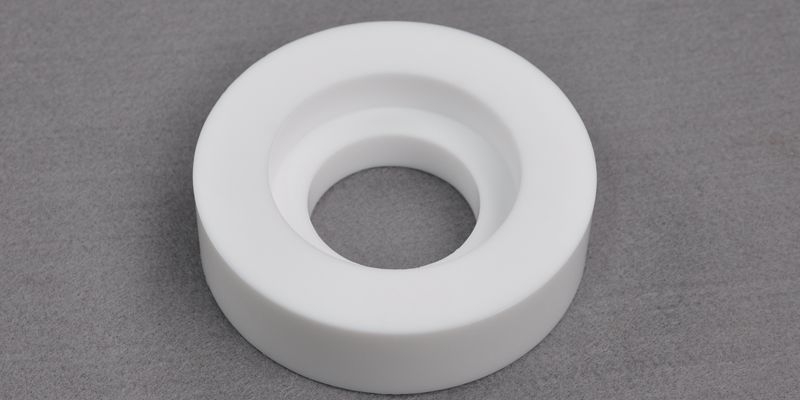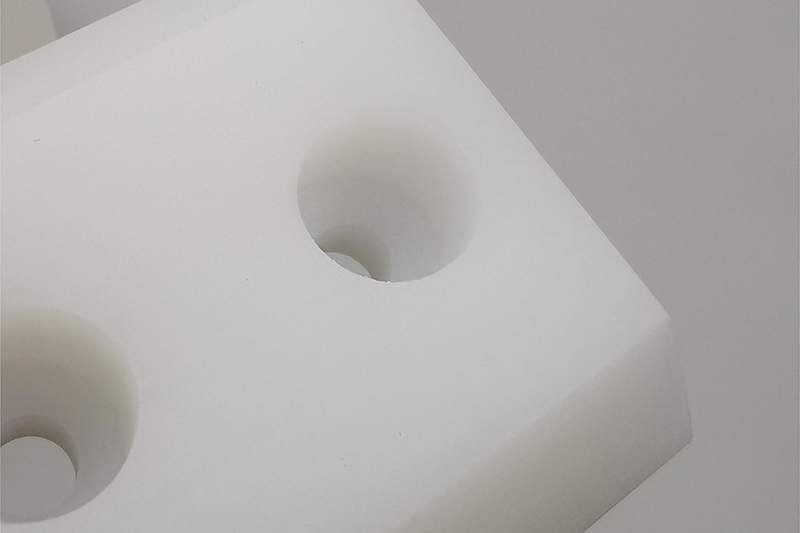- Capabilities
-
CNC Machining
Tight tolerance and 20+ finishes 3, 4 , 5 axis, as fast as 2 days -
Sheet Metal Fabrication
High-precision, on-demand sheet metal cutting and bending. -

3D Printing
SLA, SLS,MJF,SLM, FDM 3d printing with post treatment. -

Vacuum Casting
Production quality parts without the tooling investment.
-
- Solutions

Rapid Prototyping
Fastest lead time of high-quality prototypes at minimal cost.

Low Volume Production
From one-off prototyping to low-volume production.

Mechanical Assembly
Custom assembly for project-specific needs.

Custom Package
Ready to help you prompt your brand.
- Sources

Materials
Select from 100 more types of metals and plastics.

Finishes
Select from 20 more types of surface fishes.

Industries
Providing precision machining and manufacturing solutions.

Cases
How we assist our clients in bringing their projects to fruition.
- Company

Quality Assurance
Consistent quality, every time.

About Us
Your go-to manufacturer for custom parts.

Newsroom
Learn updated news about ECOREPRAP.
Home > CNC Machining Materials > Plastics > PTFE
CNC Machining Materials
PTFE(Telfon) CNC Machining
PTFE is an engineering thermoplastic with superb chemical and thermal resistance and the most affordable coefficient of rubbing of any kind of known solid.
All uploads are secure and confidential
PTFE(Telfon) CNC Machining
Polytetrafluoroethylene, PTFE by short, is a high-performance plastic material known for its excellent non-stick properties, high-temperature resistance, chemical corrosion resistance, and electrical insulation properties.
Teflon is the brand name for PTFE. DuPont first registered Teflon’s trademark in the 1940s to describe their developed PTFE material.
PTFE and Teflon are different names for the same material.
PTFE/Telfon is used in various applications, including coatings, seals, piping, wire insulation, and kitchenware.
As a professional China CNC machined PTFE parts supplier, ECOREPRAP provides white and black CNC machined PTFE parts.

PTFE(Telfon) Properties
| Ultimate tensile strength | Yield strength | Young’s modulus (modulus of elasticity) | Elongation at break | Hardness | UV resistance | Application | ||
| PTFE | 25 – 31 MPa | 14 – 41.4 MPa | 0.39 – 2.25 GPa | 300 – 450 % | 50 – 65 Shore D | Good | Chemical engineering General machinery construction Electrical applications Food industry | Learn More |
PTFE(Telfon) CNC Machining Surface Finishes

As Machined

Beadblasting

Laser Engrave
PTFE(Telfon) CNC Machining Gallery
Cost-saving Design Tips
CNC machining in PTFE/Teflon can be challenging, especially if tight tolerances are needed. Therefore, it is very important to make certain that the machining procedure is as problem-free and quick as feasible.
- Design the features on the same axis, which will minimize the need for more costly 4- and 5-axis CNC machines.
- Consistency is key. Keeping features such as internal corner radii and tapped holes consistent will also help save time and money on parts by reducing the need for tool changes.
PTFE(Telfon) CNC Machining FAQs
Yes, PTFE (commonly known as Teflon) is a very slippery plastic, which makes it a good material for machining low-friction parts such as bearings. PTFE resists high temperatures and chemicals/solvents making it an excellent insulator.
Polytetrafluoroethylene (PTFE) is a thermoplastic.
he advantages of PTFE (polytetrafluoroethylene) include:
Low friction
Self-cleaning
Durability
Effective across a wide range of temperatures
Non-flammable
Corrosive resistant
High electrical resistance
The disadvantages of PTFE include:
Price
Difficult to mass produce
Can change shape under pressure
Unweldable
Cannot withstand extremely high temperatures and melts at 326C
PTFE applications range from non-stick coating in kitchen cookware to high-tech medical and hospital uses including implants, surgical instruments and test equipment.
PTFE is highly heat resistant and resists friction against solids, which enables PTFE to be used as a component of gears, gaskets, side plates and bearings. It’s also used to make containers and pipes because it is anti-corrosive, and non-reactive. PTFE also has good electric insulation properties and is used in insulating cables and connector assemblies. This makes it ideal for coaxial cable, printed circuit boards and hookup wire.























